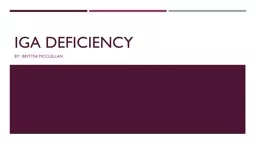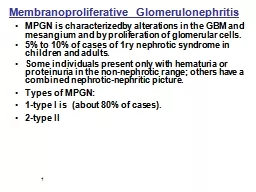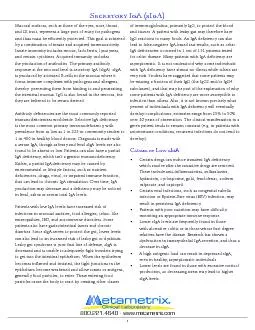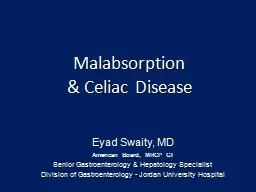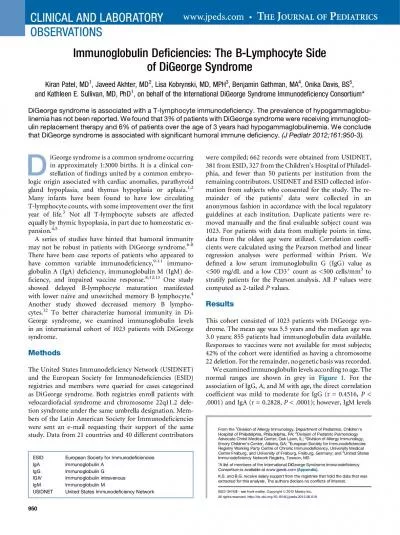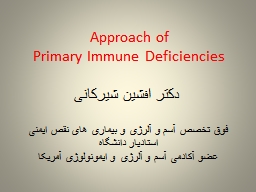PPT-Iga deficiency By: Brittni McClellan
Author : tatiana-dople | Published Date : 2020-04-10
Iga deficiency description Description Serum IgA lt5 mg dL Normal serum IgG and IgM Patients gt1 year Genetics Autosomal Dominant Abnormalities on Chromosome 18
Presentation Embed Code
Download Presentation
Download Presentation The PPT/PDF document " Iga deficiency By: Brittni McClellan" is the property of its rightful owner. Permission is granted to download and print the materials on this website for personal, non-commercial use only, and to display it on your personal computer provided you do not modify the materials and that you retain all copyright notices contained in the materials. By downloading content from our website, you accept the terms of this agreement.
Iga deficiency By: Brittni McClellan: Transcript
Download Rules Of Document
" Iga deficiency By: Brittni McClellan"The content belongs to its owner. You may download and print it for personal use, without modification, and keep all copyright notices. By downloading, you agree to these terms.
Related Documents

